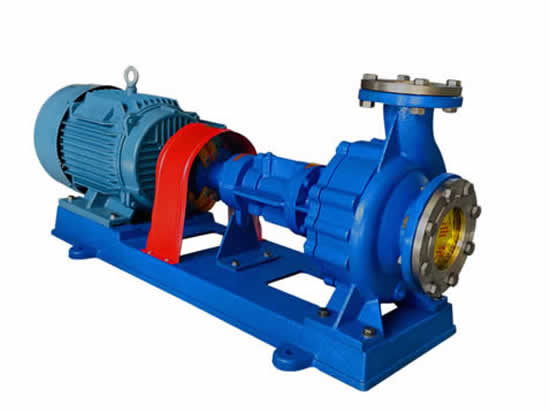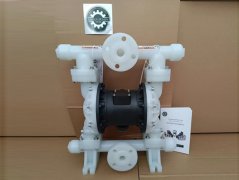Stainless steel gear pumps have three common gear types: spur, helical and herringbone. These three forms have their own advantages and disadvantages and have different applications.
Straight teeth are the simplest form and are optimal for use under high pressure conditions because there is no axial thrust and the delivery efficiency is high. Material selection is very important in the selection of high temperature industrial pumps. Gear pumps are commonly used to deliver highly corrosive, abrasive or variability fluids. The pump casing, shaft and bearing material must first be matched to the pumped liquid. When extra high temperatures are considered, the design of the pump becomes more complicated and even the thermal expansion of various materials needs to be considered.
The helical teeth have the least pulsation during transport and are quieter at higher speeds because the engagement of the teeth is progressive. The 2CY stainless steel gear pump is a helical tooth. The principle of operation of the external gear pump is simple. The liquid enters the suction end of the pump, is drawn by the unengaged interdental holes, and is then carried in the inter-tooth cavity, along the outer edge of the gear shaft to the outlet end.
YCB type stainless steel gear pump is a herringbone tooth, also called arc tooth. The re-engaged teeth push the liquid out of the cavity into the back pressure. The gear pump of the arc tooth has less vibration than other gear pumps, low noise and long service life.
In theory, the rated flow of the positive displacement pump is independent of the pressure. However, volume failure or internal leakage is inherent to all types of positive displacement pumps. In order to achieve the high pressure differential and the required rated flow, the stainless steel gear pump must overcome this internal leakage. However, due to the axial thrust, the choice of bearing material may result in limited pressure difference between the inlet and outlet and low processing viscosity. Since the axial force will push the gear to the bearing end face and rub it, the axial thrust can be dealt with only by using a bearing material with a higher hardness or a special design on the end face.
Preheating of the pump is necessary to avoid high temperature shocks and damage to the components. Preheating is recommended when the pumped fluid temperature is above 150 °C. When using a mechanical seal, the pump needs to be preheated to within 30 °C of the operating temperature differential to prevent damage to the sealing surface. The jacketed pump can be preheated by steam, heat medium and electric heating.





 +8617731766260/18233754501
+8617731766260/18233754501  fan@saikenpumps.com
fan@saikenpumps.com









 +8617731766260/18233754501
+8617731766260/18233754501 +86-317-8227664
+86-317-8227664
 +8618233754501
+8618233754501